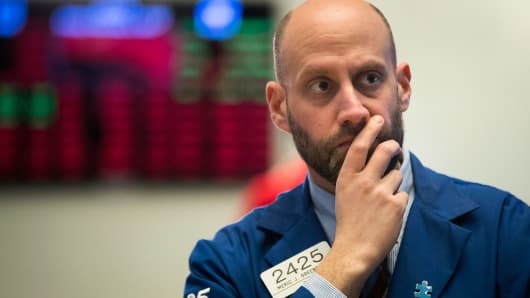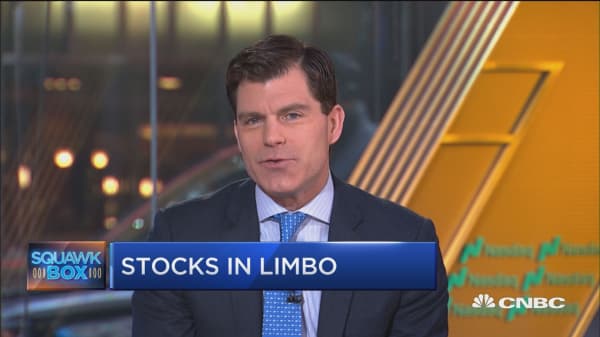I haven't done much stock buying recently, and when I do, I hold my nose and cringe a little. And I'm an investment adviser. I think all the market buyers who keep talking about the great values they're picking up will eventually have to average down. Portfolio rebalancing and some bargain hunting — a nice way of saying I'm "averaging down" — is about it for me at this very moment.
I'm not alone.
Maybe Warren Buffett saying on Friday he bought 75 million more shares of Apple is enough for you. It isn't for me, and if it also seems to you like investors are stuck in neutral, it's because they literally are. They've been that way since mid-February, according to the Association of Individual Investors. Neutral sentiment — expectations that stock prices will stay essentially unchanged over the next six months — rose 3.8 percentage points to 41.4 percent in the most recent week. That marks the eleventh-consecutive week the neutral view has gone up, and it's well above the historical average of just 31 percent.
A recent survey of investors who trade $1 million-plus brokerage accounts found a high level of individuals who expect no gain from the stock market this quarter. Sell in May and go away — a dubious investment strategy — seems to have arrived early this year.
The outflow of money from stock ETFs reinforces the story. The major averages, barely unchanged for 2018 so far, have been in a downtrend and bond ETFs, even as yields rise and every trader says sell, have been the hottest ETF investments. Six of the top 10 ETFs in new flows from investors in April were bond funds.
























